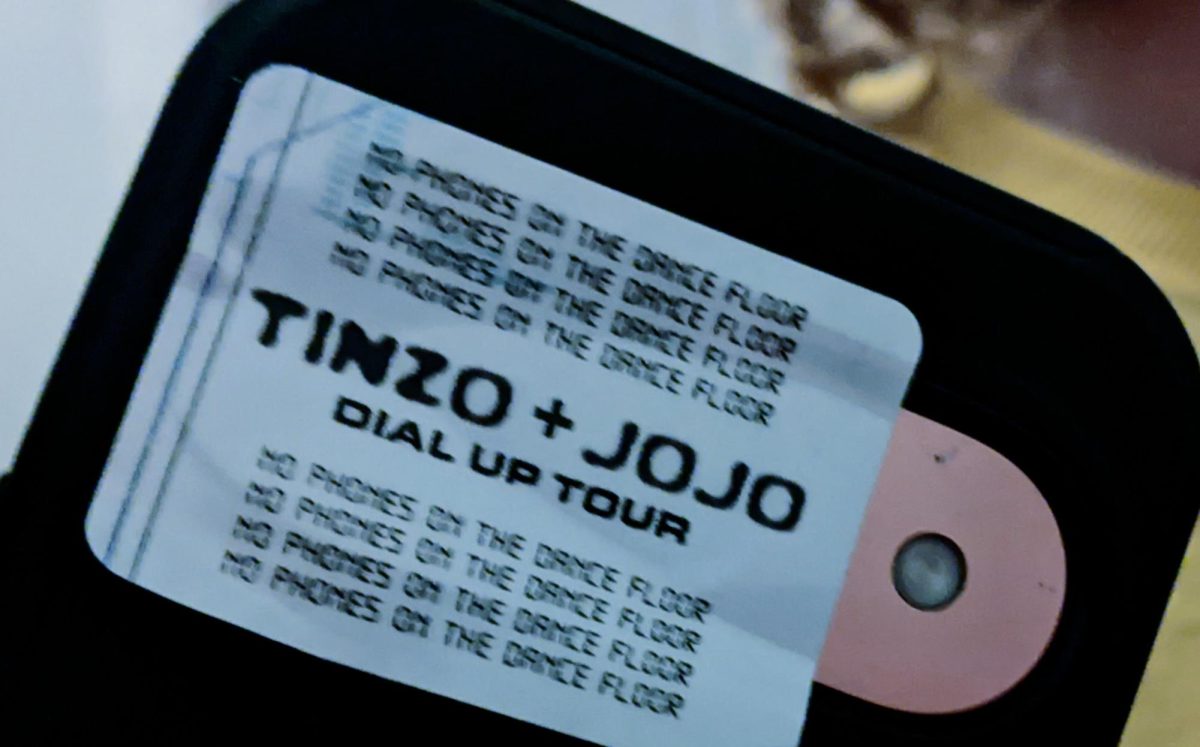When Maria Schneider returns to the University on Saturday, she’ll return to the place where her career was first inspired.
The University alumna and Grammy-winning composer saw her first ballet, “Fancy Free,” at Northrop Auditorium as a student at the University. She knew then she wanted to compose music.
“That made me want to be a composer more than anything,” Schneider said last week, “because I thought I just want to create music that makes people want to fly through the air.”
A onetime big-band composer, Schneider has broken out of that genre and created one of her own ‘ to both critical and popular success. Though the 17 members of her orchestra look like an old-fashioned jazz band, the music they create is neither traditional jazz nor big band.
Schneider incorporates Brazilian, Peruvian and flamenco styles, with their unconventional meter and berth of instrumentation in her music. And her latest works have featured the accordion.
“A lot of my pieces have something attached to them that’s about motion,” she said.
Her childhood dances to popular music influenced her later sense of style.
“I really, really loved the Fifth Dimension,” she said. “I could listen to ‘Up, Up and Away,’ and it was so large and so light at the same time. And I think that that was just an enormous influence on me.
“Now pretty much the way I write music is I dance.”
In fact, Schneider compares her band more to a chamber group than a jazz ensemble, though the collaboration and spontaneity remains. But unlike jazz, which can suffer from too much repetition and variation on a continual theme, Schneider’s music is more linear than circular, taking her audience from one point to another, in a way she likens to storytelling.
As the soloist plays, she said, the sound takes a winding path she likened to going up and around a mountain and coming down the other side. “And the soloist carries the piece to a whole new section,” she said.
Just such a strategy is present in one of her newest compositions, “The Pretty Road,” which will be performed Saturday. The piece is dedicated to her hometown of Windom, where Schneider will give a concert the next day.
“I want it to feel like you’re looking at a hill over Windom, and you’re looking in all the windows, and in those windows you’re hearing little songs and things of all the different people,” she said. “It’s like my memories of Windom.”
That attention to aural description of visual images is integral to Schneider’s style. She bases one piece on her newest disc, “Hang Gliding,” on her own experience of doing it. But often it comes back to her fascination with dance. “Pas de Deux,” a duet between Ingrid Jensen and Charles Pillow, eschews the usual jazz-duet formula, as its name implies.
“It’s meant to be like a dance between two dancers,” she said, adding that the pair avoids the typical competition of jazz duets. “I asked them each to play, and when each one completes their phrase before the next one comes in, I ask them to play as though each one is continuing.”
Indeed, the former big-band composer is not only more comfortable in her breakaway from genre, she also sees it as vital to the essence of jazz itself.
“I think jazz gets in trouble when people think it means something in terms of sound. To me, jazz means something in terms of culture,” she said. “Ultimately, what it’s about is music that is present, expressing out of that moment.
“Any time jazz musicians become so hell-bent on playing in the style of something that’s decades prior, I think, Well, that’s beautiful music and all, but you’re killing what the spirit of jazz is about.”







